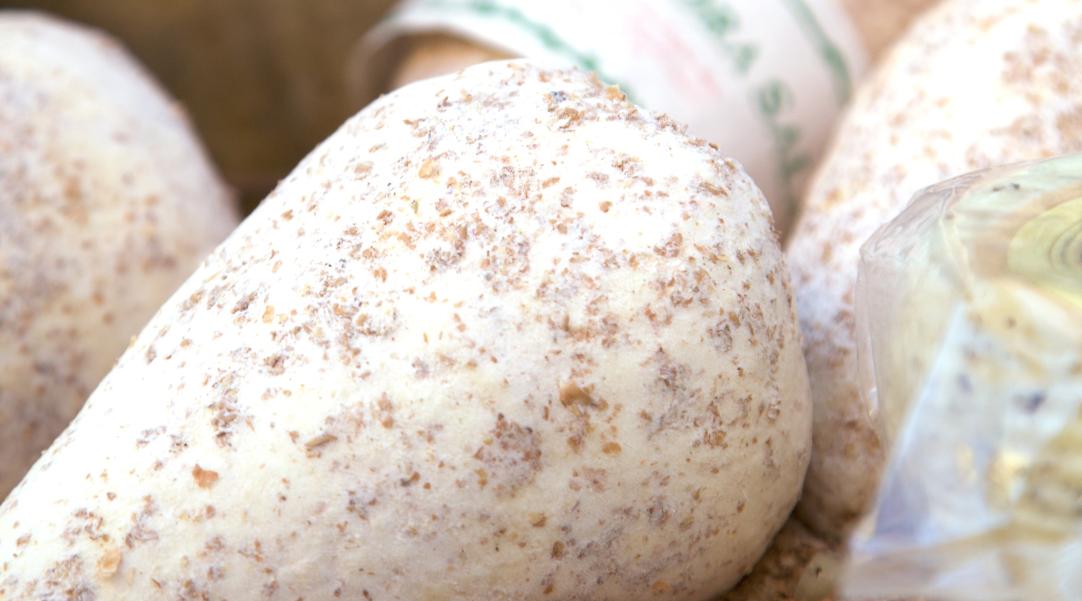Amidst the purity of the air and the abundance of aromatic herbs that characterize the area between Norcia, Preci and Spoleto, a fascinating tradition emerges: norcineria.
Understood as pork processing, this culinary art finds its roots in ancient times, but its origins are shrouded in mystery. Some speculate that this tradition was introduced to the Valnerina by a Jewish community after the destruction of Jerusalem in 70 A.D.: unable to eat pork for religious reasons, they had to preserve it for commercial purposes.
What is known for certain is the renowned quality of the meat, due to the presence in the area of lush oak forests and abundant acorns, which constitute the pigs' favorite food. This natural diet has imparted a richness of flavor to the pig meat. In addition, the territory's dry climate has always been a valuable ally for meat preservation, favoring ideal curing processes.
Thus, since the 13th century, butchers in the Valnerina, particularly those in Norcia, have honed their skills in the art of cutting, salting and stuffing pork. This tradition, handed down from generation to generation, has allowed them to take pork mastery beyond regional borders.
Their talent was also perfected thanks to the Precian Surgical School, founded by the Benedictine monks of St. Eutizio Abbey in Preci and recognized by the Church in 1215. This institution had as its main purpose the preservation of ancient medical knowledge and contributed to the evolution of surgical techniques through the introduction of innovative instruments. As is well known, pig anatomy was used in the past by physicians to practice dissections and surgical practices, contributing to the development of the art of pork butchery.
Let's discover together all the specialties of the places of this tradition.





























